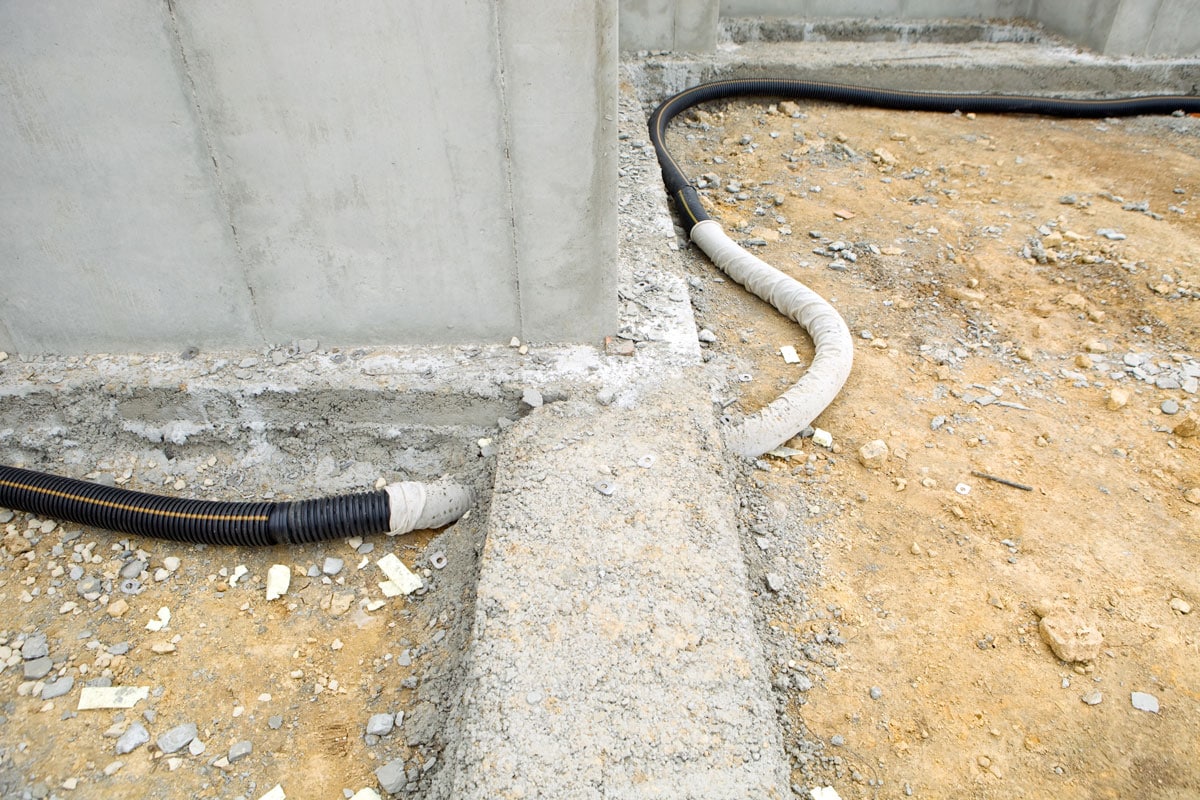If you have a radon pipe in your basement, you may wonder how it can be concealed so natural light can come in. Fortunately, we have done some research for you, and here is what we found.
Hiding the radon pipe in a basement is an easy task. All you need to do is follow these steps:
- Buy a plastic pipe cover.
- Measure and cut the pipe cover to fit.
- Make holes in the ceiling for the pipe.
- Create an exit route.
- Cut off excess pipe cover.
If you follow the procedure, you can successfully hide your radon pipe without the help of a professional. Keep reading to get detailed information on how to conceal radon pipe.
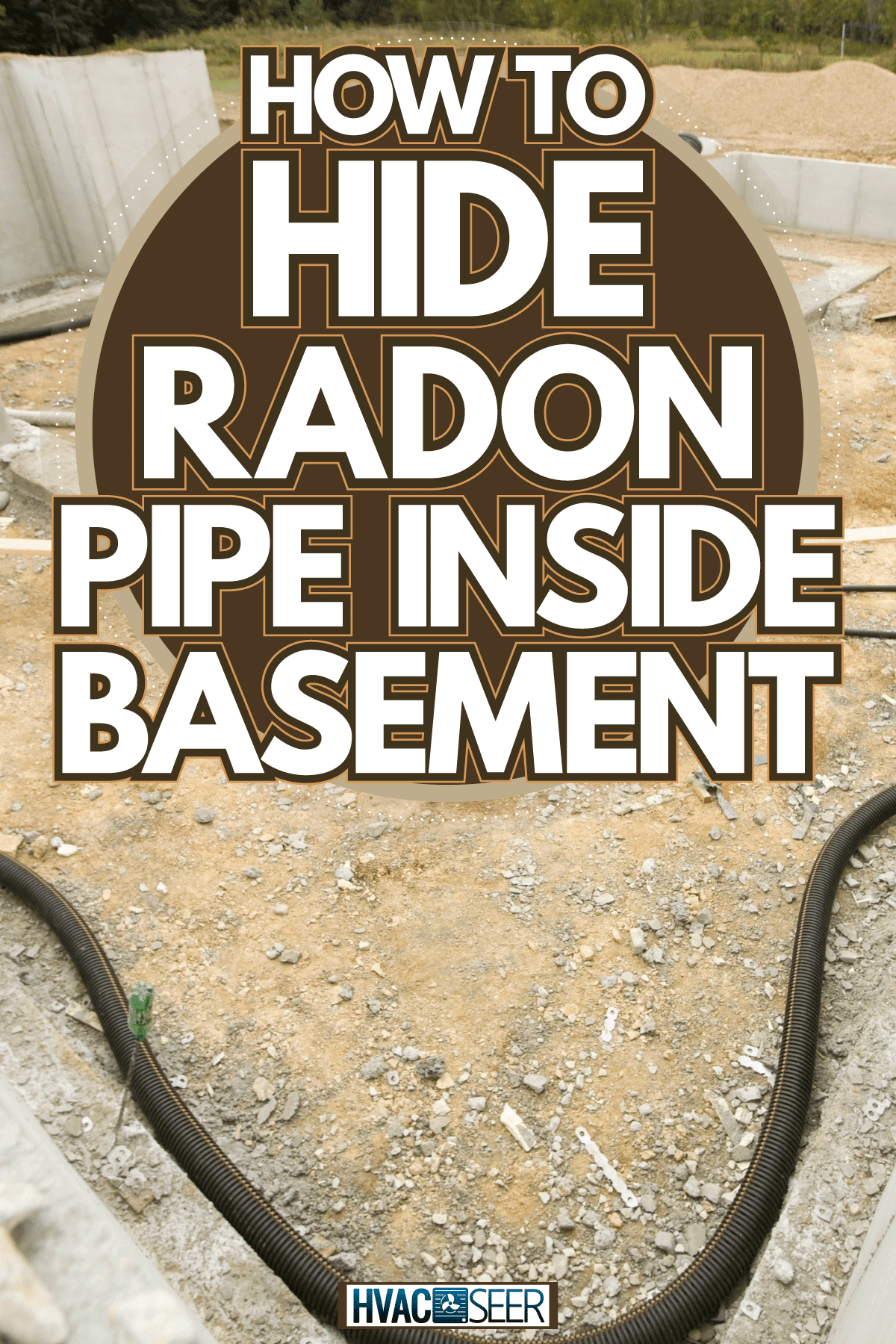
Hiding Radon Pipe Inside Basement
It can be challenging to think of unique and effective techniques to hide exposed radon pipes, particularly if you have never done that before.
You can do so in different ways when it comes to hiding a radon pipe in the basement. You can incorporate the exposed radon pipes into the design of the basement, or you can devise a means to hide them behind or within a piece of furniture or decoration that is both functional and appealing.
The use of decorative pipe covers is the most popular approach. Follow these steps if you want to conceal radon pipe inside a basement:
Step 1: Buy A Plastic Pipe Cover
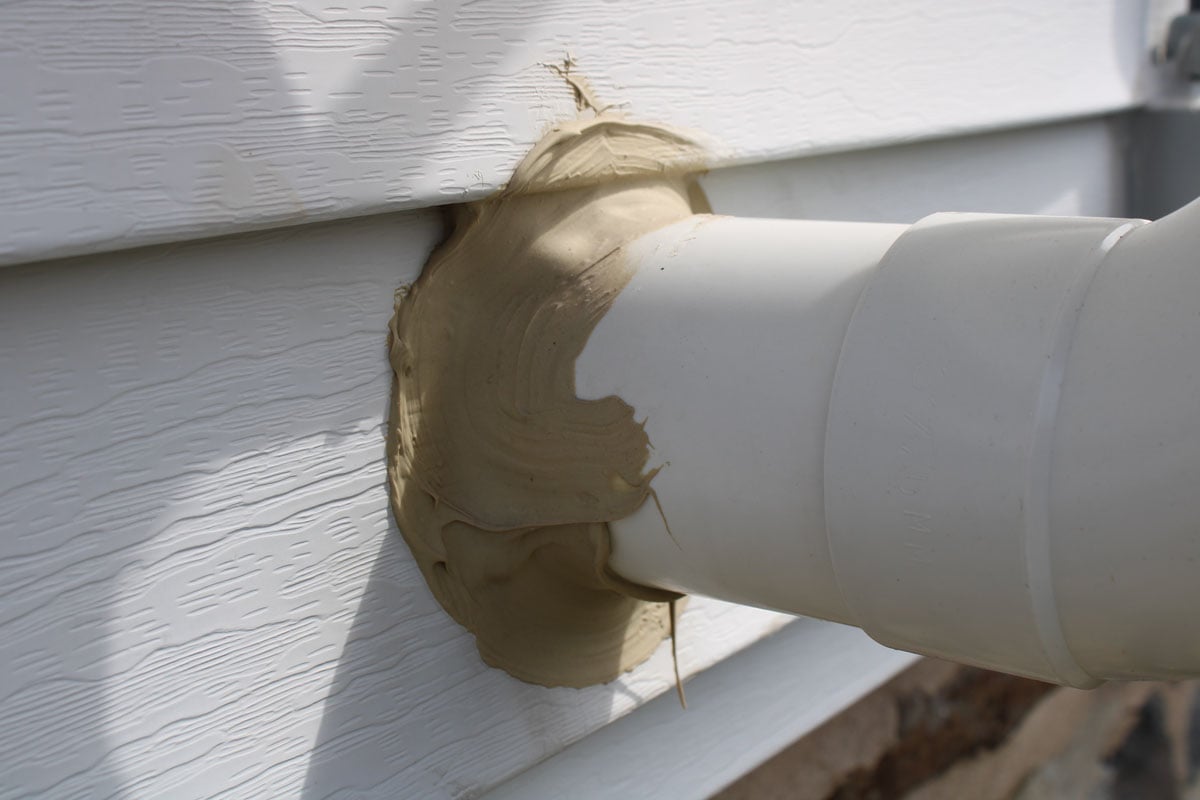
There are different sizes of pipe covers to choose from. Pipe covers are also available in various thicknesses. So it's essential to have the correct measurement before going to the store. Generally, pipe covers should be around 1/4 inch for every 1/4 inch of the pipe diameter to provide a secure fit. For most residential radon mitigation systems, the upper limit is a PVC piping of 3/4-inch.
Step 2: Measure And Cut The Pipe Cover To Fit
Check how much material you will need. When attaching all of the pieces, make sure that they fit together. Remove part of the material from both sides of the pipe if it is too wide or heavy.
Step 3: Make A Hole In The Ceiling

Make a hole in the ceiling directly above the pipe and allow the pipe cover to fit through this hole drilled. If you are using your attic as a new radon-resistant area, you have to drill a hole on the two sides of your roof, then seal it with flashing tape.
Position the pipe so that it fits into the hole and once you have reached the other end, continue to thread it around the pipe.
Step 4: Create An Exit Route
You will need to make a hole in the wall at the desired exit location that is the same diameter as the pipe cover. It is best if the hole and pipe cover have the same diameter to make it easier to get the pipe cover through.
Step 5: Cut Off Excess Pipe Cover
Thread the pipe cover along the exit hole until it reaches its final destination, which is the exterior of the building. Finally, attach your radon fan to the pipe by screwing it in place, then remove any excess pipe covering.
Do Radon Pipe Work?
Yes, radon pipes are effective. The radon reduction pipe can cut the amount of radon in your house by as much as 99 percent. Most homes can be made radon free at a price comparable to typical home repairs. The costs may vary depending on the size and layout of your home.
Can You Paint A Radon Pipe?
Radon pipes can be painted. PVC is usually used in making radon pipes. It is challenging to paint PVC with conventional paints available in stores, such as latex or acrylics. It is better to use paints formulated explicitly for plastics and PVC use. After installation, the pipe can be painted to match the building.
What Size Should A Radon Pipe Be?
A pipe with a diameter of three or four inches is frequently used in radon mitigation systems. Since average household radon systems move between 20 and 80 cubic feet per minute [cfm], a pipe with a diameter of 3 inches is the best option for most system installations. On the other hand, a pipe with a diameter of four inches can produce lower air velocities, making it less noisy.
Additionally, to comply with the radon mitigation guidelines established by the EPA, the PVC pipe must be schedule 40. This is because the schedule 40 pipe is stiffer and has a greater capacity to absorb sound.
PVC pipe with a diameter of three inches is frequently utilized in systems that require more suction.
What Time Of Year Is Radon Most Prevalent?
Radon levels in a residence tend to be higher throughout the year's colder months. Although the levels of radon gas found inside are often at their highest during the winter, the levels can be even greater during the summer.
Therefore radon levels can change, but they typically peak in the winter, when homes are heated, and the air remains still for extended periods. Since most people do not open their windows during the winter, there is nowhere for radon to escape, which can cause its concentration to increase inside the home.
Research has therefore shown that exposure to higher amounts of radon gas increases the risk of lung cancer. Due to this, testing for radon should be done throughout the winter.
Does Painting Basement Floor Reduce Radon?
Using radon paint sealer on your basement floor can help reduce the quantity of radon that seeps into your home through cracks in the concrete and other crevices.
Radon sealant paint such as Radonseal Plus can help reduce the quantity of radon present inside most homes by approximately 10 percent.
Where Does Radon Piping Begin?
In most homes, the radon pipes begin from the roof and descend to the basement. When installing a radon pipe, you should start at the top and work your way down to the basement, ensuring each pipe section is properly bracketed and sealed very well.
Insulate the pipe in areas like the attic or the garage, where the temperature may vary from the rest of the house. With this, condensation on the pipe can thus be avoided.
You should always insert the final pipe into the hole you drilled in the foundation and then ensure that it is correctly sealed into the system before sealing everything up to make it airtight.
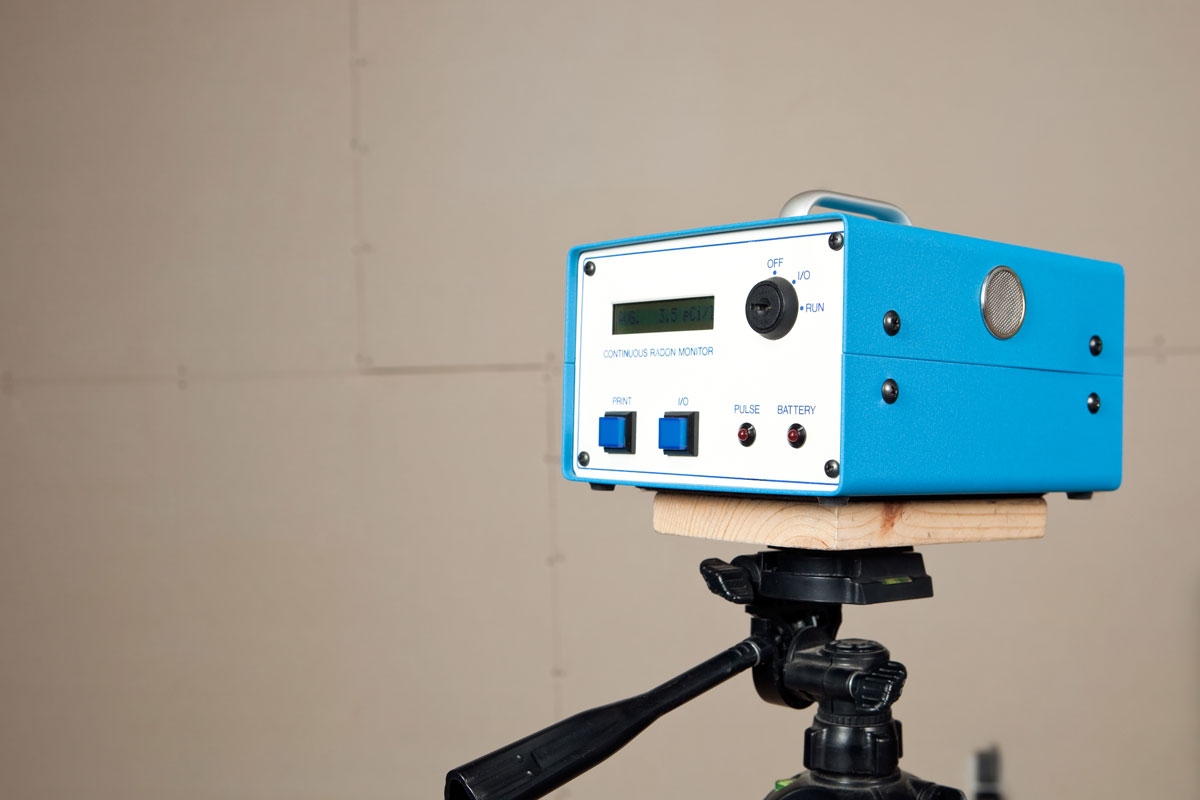
Does A Radon Pipe Need A Fan?
It is not always necessary to have a radon fan for a radon piping system to function properly and bring the radon levels down. Some recently built homes come with a passive radon system that has been pre-installed to assist in venting gases out of the building.
A passive radon mitigation system vents the radon out of the pipe by making use of a naturally occurring pressure difference between the air outside the building and the areas beneath the sub-slab of the structure.
However, for these to work successfully, there needs to be a significant difference in pressure. However, this does not occur in the majority of instances. Radon mitigation devices of this kind have a high failure rate and are not very effective at reducing indoor radon levels to acceptable levels.
If you have a passive radon mitigation system, you should have your radon levels tested to see whether or not it is reducing the radon levels in your home. Therefore, if your radon test results indicate that the level is higher than the EPA standard, you should activate the system by installing a radon fan.
Your radon levels will drop below the EPA standard due to the exhaust fan's ability to generate sufficient pressure to properly suck the radon out from underneath the sub-slab and vent it out safely.
Final Takeaway
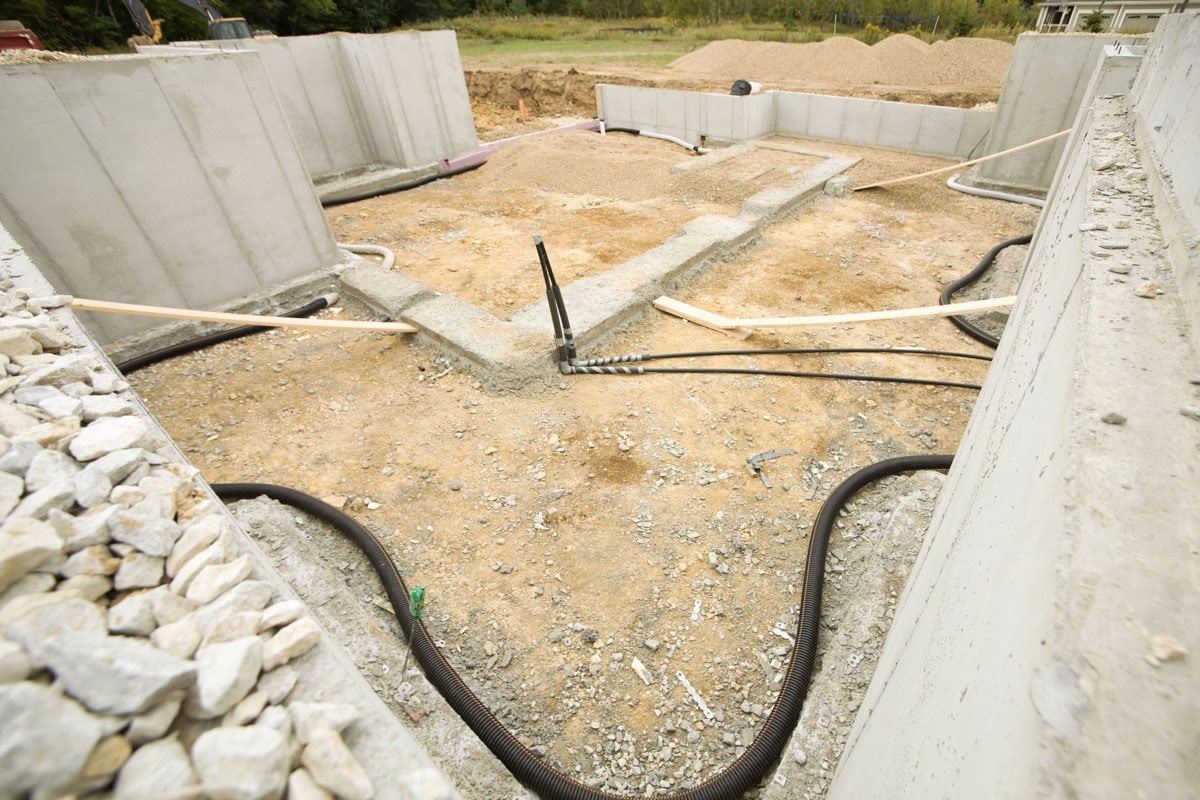
It is better to hide your radon pipe so natural light can come into your basement. To conceal your radon pipe, all you have to do is get a plastic pipe cover, measure and cut it, make holes in your ceiling, and create an exit route. Don't forget to cut off the excess pipe cover.
If you enjoyed this post, here are similar articles you may like:
Should You Insulate Basement Walls

